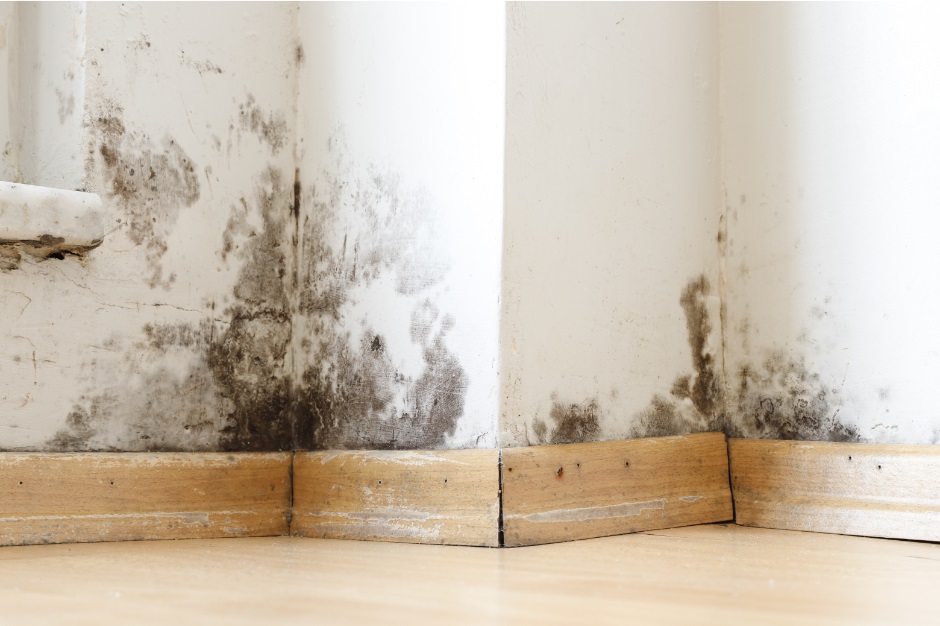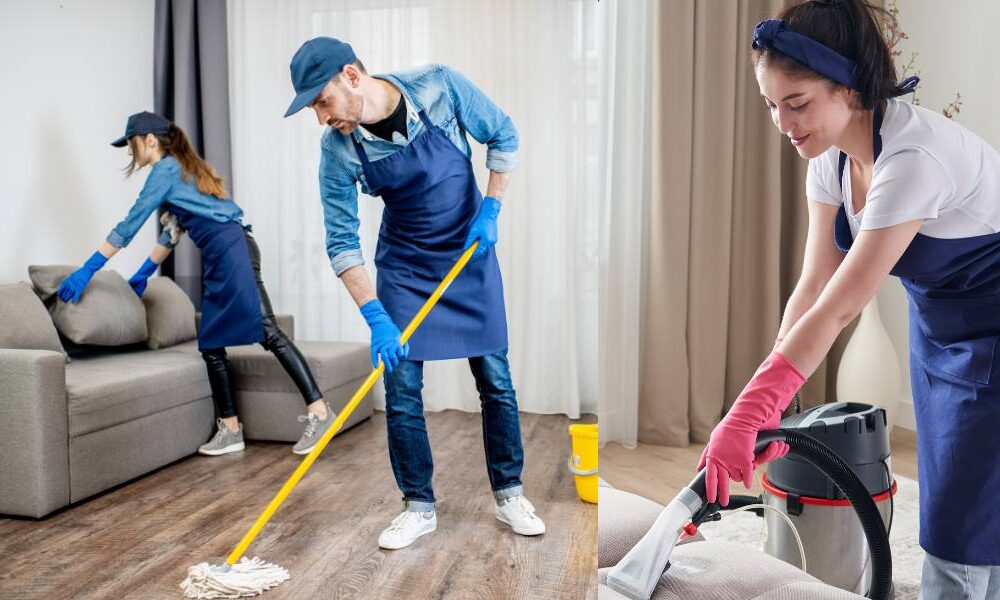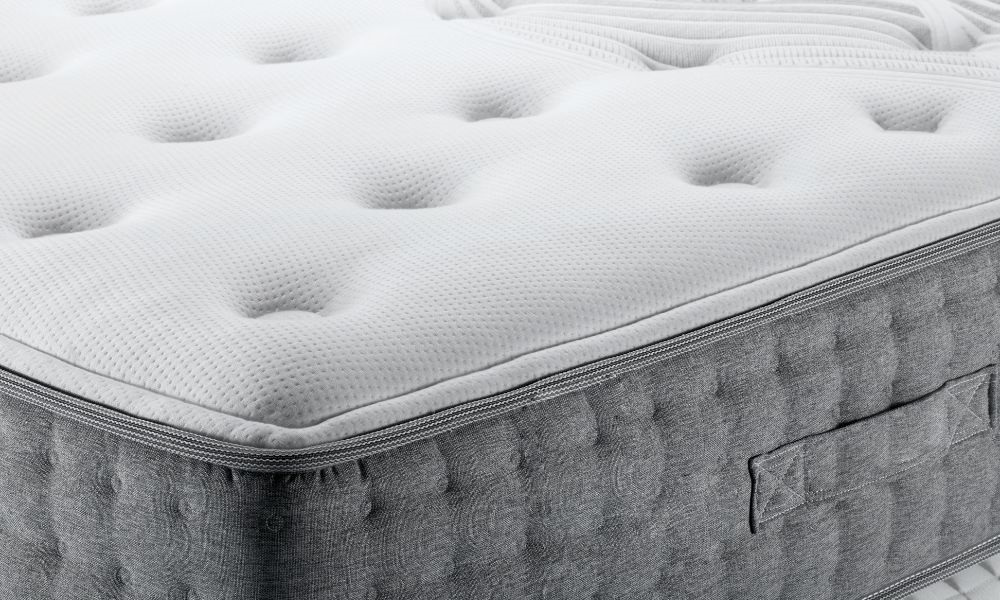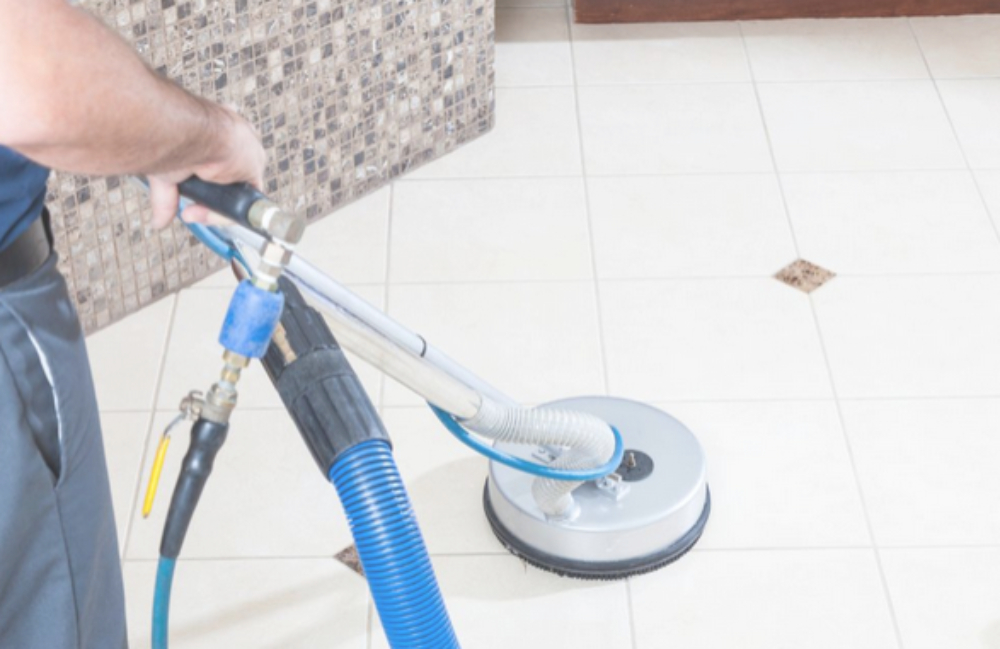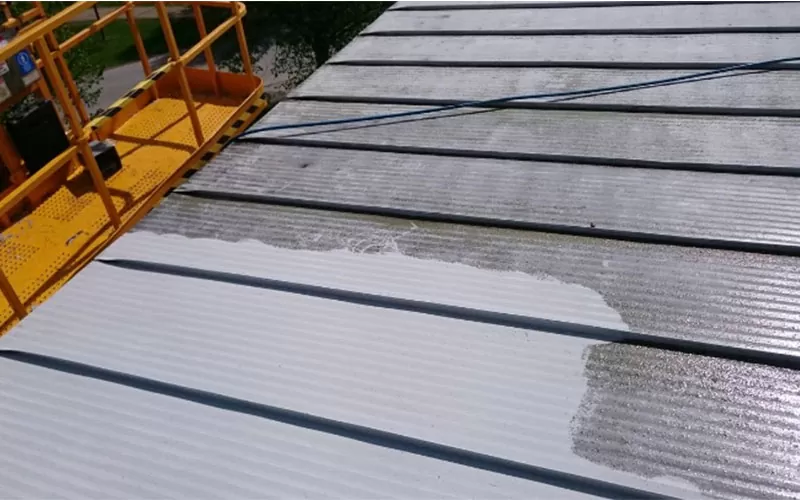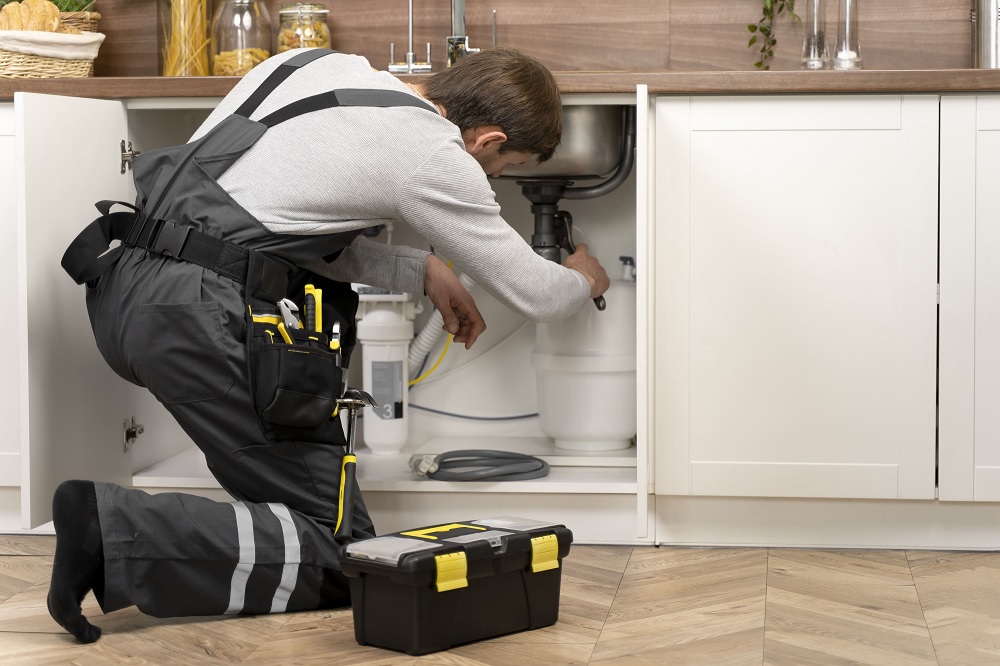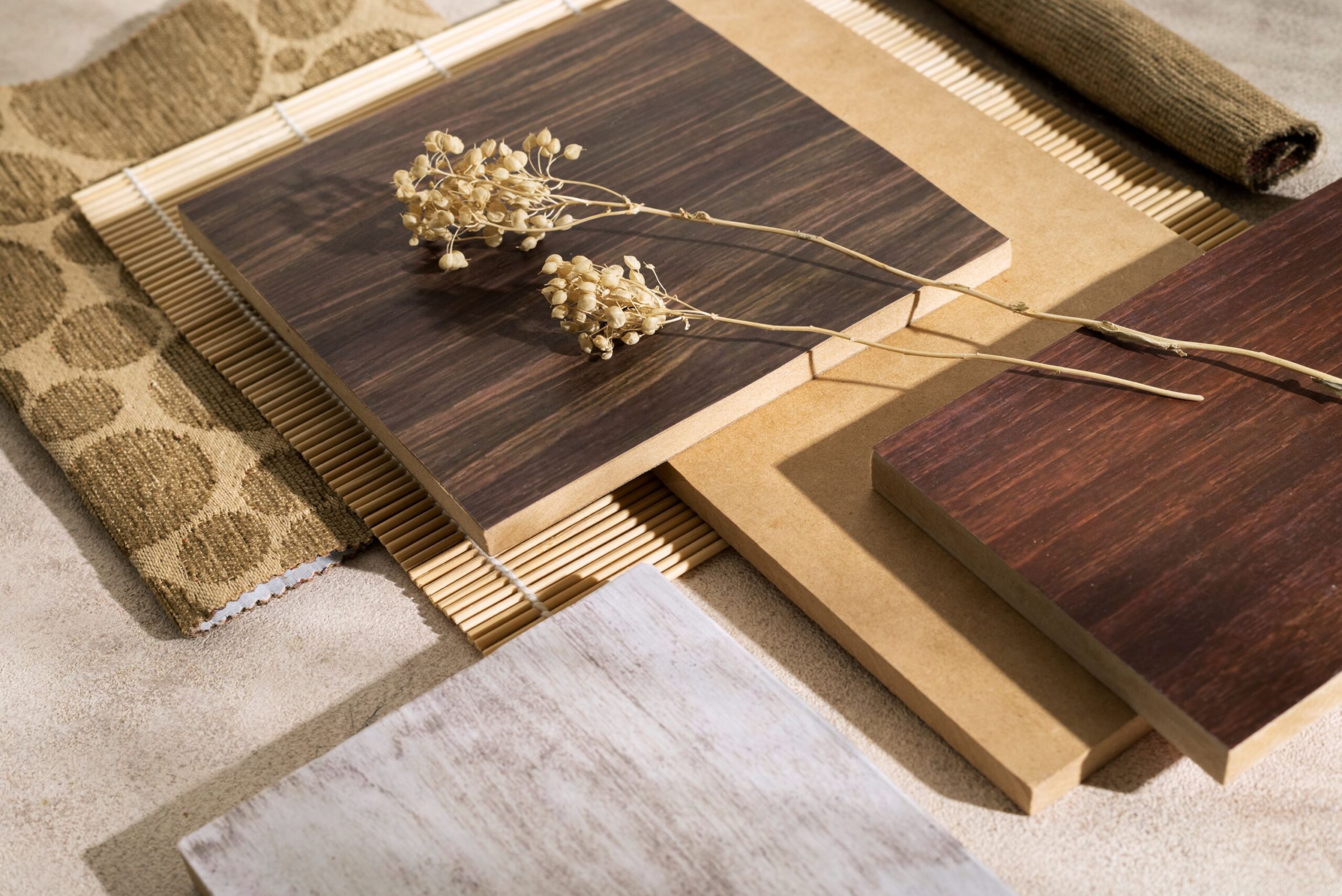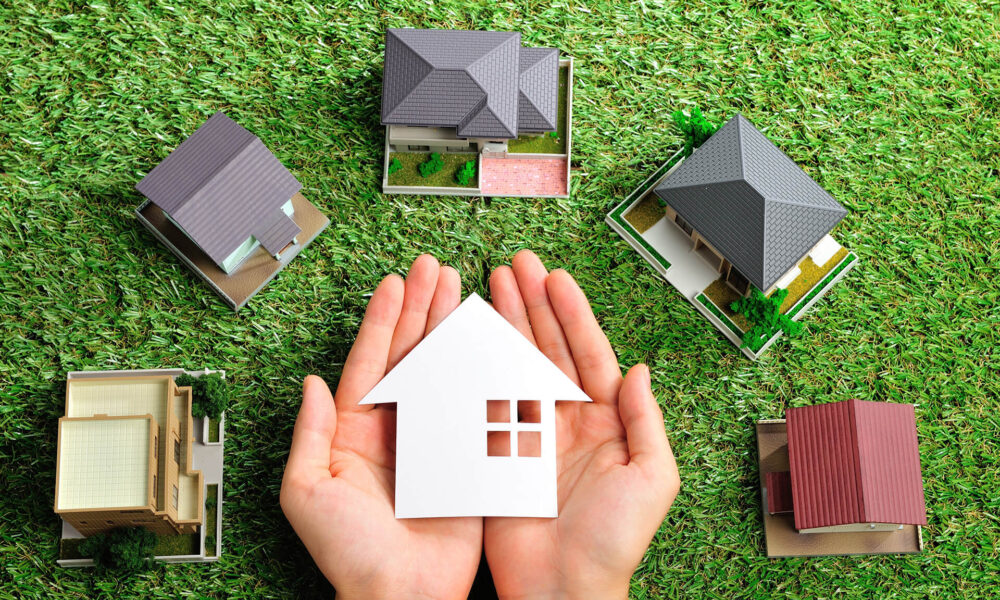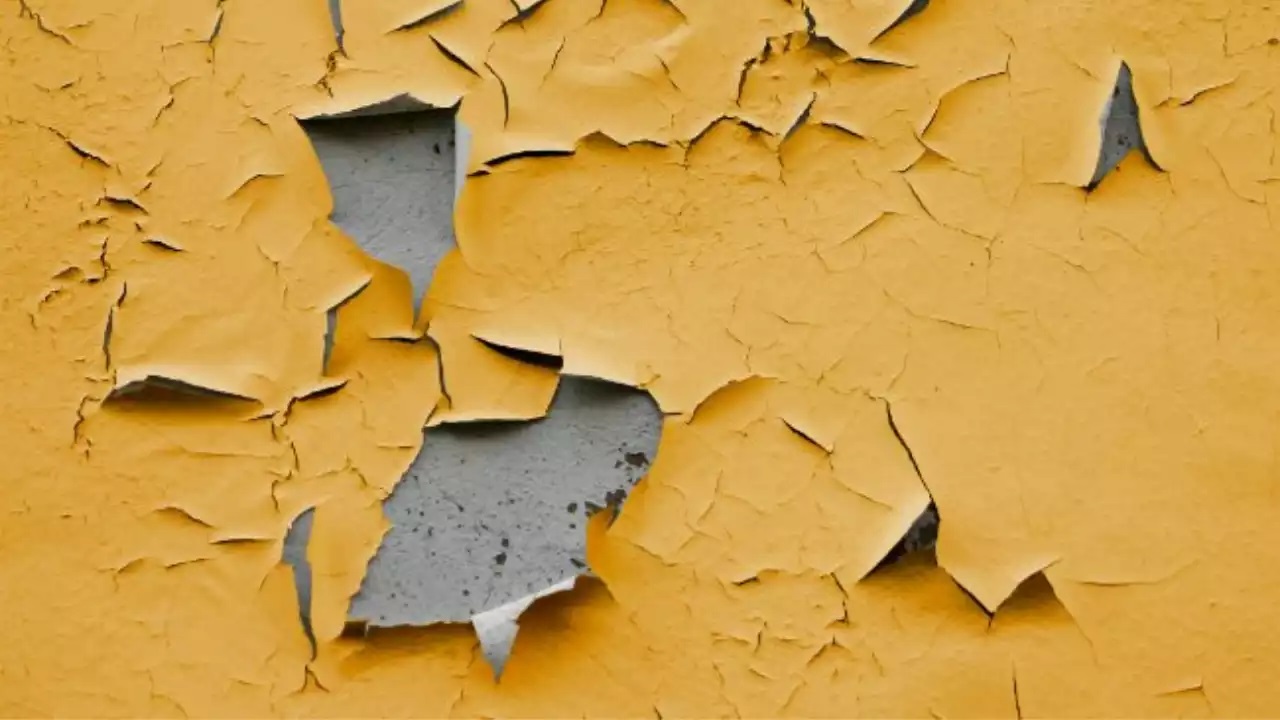Mold, a type of fungus, is an unwelcome guest in any environment. Not only can it cause structural damage to buildings and homes, but it can also pose serious health risks to occupants. Understanding the various types of mold and their distinct mold remediation needs is crucial for effective mold management. In this article, we’ll delve into the different types of mold and explore the best practices for remediating them.
Common Types of Mold
- Alternaria: Alternaria is often found in damp areas such as showers, bathtubs, and under sinks. It has a velvety texture and can be either black or dark green. Alternaria is known for triggering allergic reactions in individuals with sensitivities.
- Aspergillus: Aspergillus mold comes in various colors, including green, brown, and yellow. It is commonly found in household dust, and its spores can exacerbate respiratory conditions. Aspergillus can grow on walls, insulation, and even paper products.
- Cladosporium: Cladosporium is characterized by its olive-green or brown appearance. It can thrive on both indoor and outdoor surfaces, and it’s often found on fabrics, carpets, and wooden surfaces. Cladosporium can trigger respiratory problems and allergies.
- Penicillium: This mold can be blue or green and is often found on materials that have been damaged by water, such as wallpaper, carpeting, and mattresses. Some strains of penicillium are used to produce antibiotics, but others can pose health risks.
- Stachybotrys (Black Mold): Black mold is infamous for its dark, slimy appearance. It prefers very damp and humid conditions, and it’s commonly found in areas with water damage. Stachybotrys produces mycotoxins that can be harmful when inhaled or ingested.
Remediation Needs for Different Types of Mold
- Assessment: Before any remediation efforts begin, a thorough assessment of the mold-infested area is essential. Identifying the type of mold present will help determine the appropriate mold remediation
- Containment: To prevent mold spores from spreading to unaffected areas, containment measures are vital. This includes sealing off the affected space and using negative air pressure systems to control the flow of spores.
- Removal: The method of mold removal depends on the type of mold. While non-porous materials like glass and metal can often be cleaned and disinfected, porous materials like drywall and carpeting may need to be discarded to prevent further contamination.
- Cleaning and Disinfection: Cleaning agents specifically designed for mold removal should be used. It’s important to note that using bleach is not recommended, as it can exacerbate mold problems and pose health risks.
- Prevention: Addressing the source of moisture is key to preventing mold regrowth. Repairing leaks, improving ventilation, and maintaining proper humidity levels can all help mitigate mold growth.
- Professional Help: While minor mold issues can sometimes be tackled by homeowners, larger infestations and those involving toxic molds like Stachybotrys should be left to professional mold remediation experts. They have the experience, tools, and knowledge to handle complex situations safely.
Understanding the various types of mold and their unique remediation needs is essential for protecting both your property and your health. Regular maintenance, proper ventilation, and addressing water damage promptly can go a long way in preventing mold growth. Remember that for significant mold problems, consulting with professionals is the best course of action to ensure effective and safe remediation.
For help addressing mold in your bathroom, please see the tips below.
Provided by JMP Plumbing Services – professional drain cleaning McKinney TX

